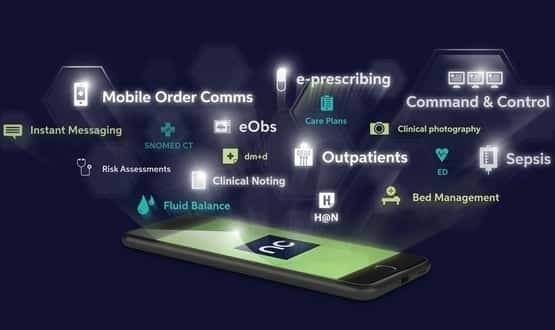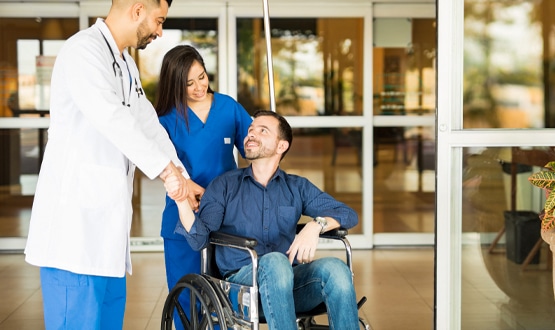SNOMED to replace Read Codes by 2020
- 5 October 2015

All healthcare services in England will need to switch from Read Codes to the SNOMED system for clinical terminology by April 2020.
The Health and Social Care Information Centre (HSCIC) says on its website that primary care systems need to make the move to SNOMED by the end of December 2016 while the rest of the healthcare system should follow suit just over three years later.
Both systems are sets of numerical, machine readable codes and human readable descriptions, which can be used to uniquely identify clinical concepts.
The Information Standards Board for Health and Social Care officially approved the newer SNOMED Clinical Terms healthcare terminology as a ‘fundamental standard’ back in 2011 to replace the older Read Codes, which have been around since the 1980s and are still in use in some systems such as Emis Web.
At the time, health minister Simon Burns said that adopting SNOMED should mean “much clearer and more consistent communication between hospitals and GPs” and “help patients better understand their care records.”
The National Information Board confirmed in 2014 that the Read Codes would be phased out in the Personalised Health and Care 2020 framework .
The proposed timeline is for the last release of Read v2 to go out in April 2016 and the last release of Read v3 (known as CTV3) is scheduled for April 2018.
Read Codes use a co-dependent hierarchy where each code has a parent code and up to a maximum of four other characters each representing a diagnosis, process of care or medication.
SNOMED codes on the other hand give a unique ‘concept ID’ to every clinical term, which does not contain any implicit meaning.
Speaking at the recent meeting of the Emis National User Group Tim Benson, director of Abies and author of ‘Principles of Health Interoperability HL7 and SNOMED’, said the main difference between Read Codes and SNOMED is that Read Codes are based on a “GP view point” whereas SNOMED is based on “semantic accuracy”.
He said that Read Codes had some positives, such as being simple to implement and easy to understand, but there was no flexibility, which is problematic in the multidimensional world of medicine where conditions don’t always fit neatly into a hierarchy.
He added that as they were designed from a GP perspective, Read Codes have never worked well in a hospital setting, where consultants and specialists can have a very different view on a healthcare problem compared to GPs.
“Read Codes have failed time after time in secondary care.”
Discussing the benefits of SNOMED, Benson said: “SNOMED has meaningless codes, which is a good thing because it means you can have as many as you like as long as it’s one for each concept. Each item can have any number of parents.”
He added that it was possible to change the status of SNOMED codes, meaning that codes can be retired and long term maintenance can take place.
This is not the case with Read Codes where sexual orientation remains categorised as a mental disorder, while several terms are no longer current, incorrect or misspelt.
Wood also mentioned several issues with SNOMED, include the need to use a specialist browser to actually use the system and the need for reference sets to handle the “long and complicated” hierarchies of SNOMED.




